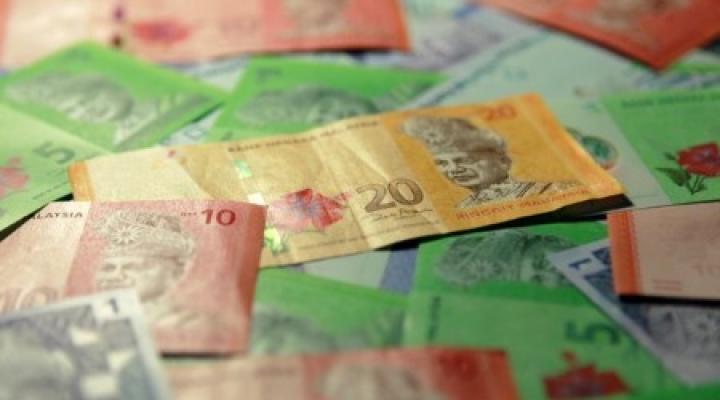The Malaysian ringgit is facing a challenging period as it approaches a seven-month low, having experienced a significant devaluation of approximately 6% against the U.S. dollar this year. In comparison to its counterparts in Southeast Asia, the ringgit’s decline has been steeper. This article delves into the factors contributing to the ringgit’s depreciation and examines the broader implications for the Malaysian economy and regional currency dynamics.
Ringgit’s Depreciation Amidst Regional Comparisons
While various Southeast Asian currencies have experienced a level of depreciation against the U.S. dollar, the Malaysian ringgit has suffered more substantial losses. This trend has raised concerns among economists and market participants, prompting an analysis of the underlying causes.
Factors Influencing the Ringgit’s Performance
Weak Global Economic Outlook
The sluggish global economic environment has significantly impacted the ringgit’s performance. Uncertainties surrounding global trade tensions, geopolitical concerns, and the slow recovery from the COVID-19 pandemic have created an environment of caution among investors. As a result, capital outflows have been observed in emerging markets like Malaysia, putting downward pressure on the ringgit.
Rising U.S. Dollar Strength
The strength of the U.S. dollar, fueled by positive economic indicators and higher interest rates, has posed a challenge for emerging market currencies. The ringgit, in particular, has been affected by the dollar’s surge, leading to its depreciation against the greenback.
Domestic Economic Challenges
Internally, Malaysia has faced economic challenges that have impacted the ringgit’s performance. The country has been grappling with the lingering effects of the pandemic, including reduced consumer spending, decreased business activity, and disrupted supply chains. These factors have contributed to a weakened economy, influencing the ringgit’s exchange rate.
The Implications for Malaysia’s Economy
The ringgit’s depreciation has far-reaching implications for Malaysia’s economy, affecting various sectors and stakeholders. Let’s examine some key areas:
Trade and Export Competitiveness
A weaker ringgit can enhance the competitiveness of Malaysian exports in global markets, as they become more affordable for foreign buyers. This may benefit certain industries, such as manufacturing and commodities, boosting their export volumes and revenues. However, it also raises concerns about import costs, potentially leading to higher prices for imported goods and increased inflationary pressures.
Inflationary Pressures
The depreciation of the ringgit can have inflationary consequences for Malaysia. As import costs rise, the prices of imported goods and raw materials increase. This can result in higher production costs for domestic businesses, potentially leading to price hikes and affecting consumer purchasing power.
Foreign Investments and Capital Flows
The ringgit’s decline may deter foreign investors from allocating funds to Malaysia, as it introduces additional currency risk. Reduced foreign investments could limit capital inflows, hindering economic growth and development initiatives in the country.
Government Measures and Market Outlook
In response to the ringgit’s depreciation, the Malaysian government and central bank have implemented various measures to stabilize the currency and mitigate its impact on the economy. These include:
Monetary Policy Adjustments
The central bank may consider adjusting interest rates or employing other monetary policy tools to manage the ringgit’s volatility and promote economic stability.
Foreign Exchange Market Interventions
The government can intervene in the foreign exchange market, buying or selling currencies to influence the ringgit’s exchange rate. Such interventions aim to stabilize the currency and provide a conducive environment for economic growth.
Structural Reforms
Implementing structural reforms, such as enhancing the business environment, improving labor productivity, and diversifying the economy, can strengthen Malaysia’s economic resilience and reduce the vulnerability of the ringgit to external shocks.
Conclusion
As the Malaysian ringgit approaches a seven-month low, it faces a more pronounced decline compared to other Southeast Asian currencies. The complex interplay of global economic factors, domestic challenges, and the strength of the U.S. dollar has contributed to the ringgit’s depreciation. While the situation presents challenges for Malaysia’s economy, it also brings opportunities in terms of trade competitiveness and export growth. The government’s proactive measures, along with structural reforms, will play a crucial role in stabilizing the currency and fostering economic resilience in the face of evolving market dynamics.










